Fast Gamma Magnetic Stimulation (FGMS)
Fast Gamma Magnetic Stimulation Defined
(FGMS)
What Is Fast Gamma Magnetic Stimulation?
Fast Gamma Magnetic Stimulation (FGMS) involves the application of magnetic fields pulsing at gamma frequencies to the brain. These magnetic pulses induce electric currents in the underlying neural tissue, promoting gamma oscillations that are linked to functions like attention, memory, and perception. By enhancing these oscillations, FGMS aims to improve cognitive performance and potentially mitigate symptoms of neurological disorders.
What Does FGMS Treat?
FGMS is currently under investigation for its potential to treat conditions characterized by cognitive deficits, including:
Mild Cognitive Impairment (MCI): A condition that often precedes Alzheimer’s disease, marked by noticeable cognitive decline.
Mild Alzheimer’s Disease: Early stages of Alzheimer’s where interventions may slow progression.
FGMS Mechanism of Action
Gamma-frequency oscillations are brain rhythms in a wide band of frequencies, often defined between 25 to 135 Hz. These frequencies can be subdivided into “slow” and “fast” gamma. The most-studied frequency is 40 Hz, which counts as slow gamma.
FGMS passes an electrical current into a copper coil to produce magnetic fields in the fast gamma range, with one clinical trial using short bursts at 125 Hz. These coils are positioned over specific brain regions, and the magnetic fields are thought to entrain the neural activity that underpins cognitive functions like working memory and attention.
Is FGMS FDA Approved?
As of now, FGMS has not received FDA approval for the treatment of any conditions. It remains an experimental therapy undergoing clinical evaluation.
Can FGMS Treat Alzheimer’s?
The investigation of FGMS as a viable treatment for mild cases of cognitive impairment or Alzheimer’s disease is still in early stages. While gamma-frequency stimulation is being explored more broadly as a therapeutic strategy for various neurological and neuropsychiatric disorders, conclusions cannot be reasonably drawn yet from the research on FGMS.
-
Investigation has focused on the left dorsolateral prefrontal cortex (DLPFC), which plays a central role in attention and working memory.
-
Because low-intensity magnetic fields can entrain neural activity, it is theorized that applying FGMS could potentially improve cognitive scores by restoring lost gamma power in several brain areas.
-
A double-blind, randomized, sham-controlled pilot study in 2021 assessed the safety and efficacy of FGMS as a treatment for MCI and mild Alzheimer’s disease, targeting the PFDLC twice a day for six months. It was found to be adequately tolerated by most of the subjects, but they found no statistically significant changes in cognitive, functionality, or depression scores when compared with the control group.
How does FGMS compare to TEMT-RF?
Fast Gamma Magnetic Stimulation (FGMS) and Transcranial Electromagnetic Treatment with Radio Frequencies (TEMT-RF) are both non-invasive neuromodulation techniques aimed at influencing brain activity, but they differ in their specific frequencies and mechanisms of action.
TEMT-RF uses ultra-high frequency radio waves to modulate brain function and cellular activity delivered through a non-invasive wearable headset.
Fast Gamma Magnetic Stimulation (FGMS) employs magnetic fields oscillating at gamma frequencies to entrain brain oscillations delivered through a headband-mounted coil.
Learn more about Fast Gamma Magnetic Stimulation (FGMS)
Fast Gamma Magnetic Stimulation Products
Actipulse Neuroscience Inc., Actipulse Neuroscience Portable Headset
Fast Gamma Magnetic Stimulation Research
Alzheimer’s Disease Research
Other Research
External links are provided for reference only and do not imply affiliation, endorsement, or recommendation by NeuroEM Therapeutics. NeuroEM is not responsible for the content, accuracy, or claims made on external sites. All trademarks and copyrights are the property of their respective owners.

